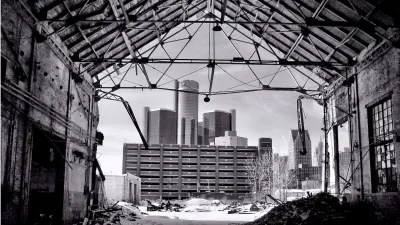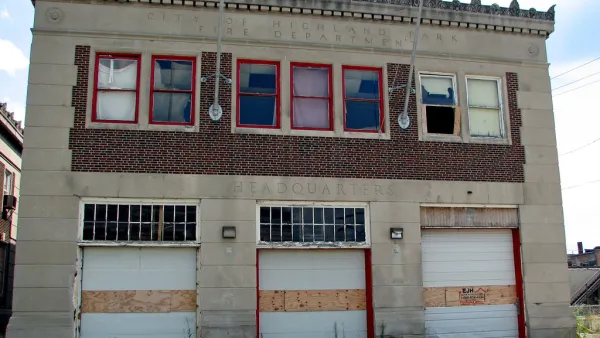The decline of Detroit can't be completely explained by the decline of the U.S. auto industry, according to an editorial commemorating the 50th anniversary of a five-day period of rioting and protest that resonates to this day.

Peter Saunders writes:
Fifty years ago today, the violent conflict that virtually defined Detroit finally began to wane, after five tension-filled days. Since that conflict Detroit has suffered immeasurably, far beyond what economic loss could do alone. Over the last decade or so, Detroit has finally become able to move on from the specter of the unrest. The city’s long era of ostracization is over, and it’s slowly reconnecting with the family of cities in America and around the world.
Saunders says the events of the summer of 1967 (depicted in the new movie Detroit, directed by Oscar winner Kathryn Bigelow) left a stigma on the city. The "shunning" of Detroit wasn't uncommon around the country.
The shunning suffered by Detroit and a handful of other cities that experienced similar unrest is often understood as “white flight”, but is indeed far deeper. White flight can describe many things. It can describe the aspirational lure of city residents seeking more space and comfort in greener suburban pastures. Yet it can also obscure more nefarious reasons for moving – motivated by fear of rising crime and falling property values. The former is a shining aspect of the American Dream; the latter can be viewed as an act of desperation and self-preservation.
The concept Saunders drives home to the reader is the aforementioned shunning, and the article includes a lot of evidence that describes the scope of the shunning's effects, along with calling out some of the ways that suburban leaders around Detroit enacted the shunning as official public policy. Though Saunders acknowledges that the shunning has ended, there is still a great deal of skepticism about the city's ongoing recovery.
FULL STORY: Detroit Emerges From The Shunning

National Parks Layoffs Will Cause Communities to Lose Billions
Thousands of essential park workers were laid off this week, just before the busy spring break season.

Retro-silient?: America’s First “Eco-burb,” The Woodlands Turns 50
A master-planned community north of Houston offers lessons on green infrastructure and resilient design, but falls short of its founder’s lofty affordability and walkability goals.

Delivering for America Plan Will Downgrade Mail Service in at Least 49.5 Percent of Zip Codes
Republican and Democrat lawmakers criticize the plan for its disproportionate negative impact on rural communities.

Test News Post 1
This is a summary

Test News Headline 46
Test for the image on the front page.

Balancing Bombs and Butterflies: How the National Guard Protects a Rare Species
The National Guard at Fort Indiantown Gap uses GIS technology and land management strategies to balance military training with conservation efforts, ensuring the survival of the rare eastern regal fritillary butterfly.
Urban Design for Planners 1: Software Tools
This six-course series explores essential urban design concepts using open source software and equips planners with the tools they need to participate fully in the urban design process.
Planning for Universal Design
Learn the tools for implementing Universal Design in planning regulations.
EMC Planning Group, Inc.
Planetizen
Planetizen
Mpact (formerly Rail~Volution)
Great Falls Development Authority, Inc.
HUDs Office of Policy Development and Research
NYU Wagner Graduate School of Public Service





























